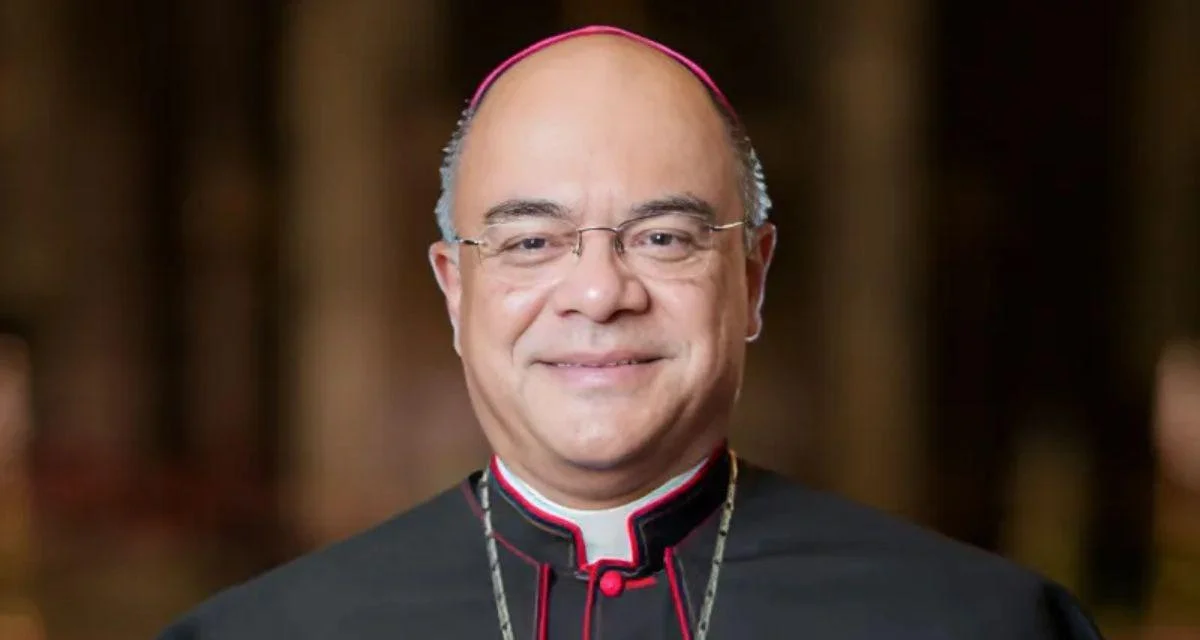
Reverend Joseph E. Kurtz, D.D. Bishop | Archdiocese of Louisville
Throughout 2024, Franciscans worldwide commemorate the 800th anniversary of St. Francis of Assisi receiving the stigmata on Sept. 17, 1224, marking the appearance of the bodily wounds of Christ’s crucifixion.
At an April 5 audience with members of the Franciscan communities of La Verna, Italy, where St. Francis was staying when he received the wounds, Pope Francis commemorated the eighth centenary and said the stigmata serves as a reminder of “the pain suffered by Jesus in His own flesh for our love and salvation.”
“The image of Christ in the crucifix that appears to him in La Verna, marking his body, is the same as the one that had impressed itself upon his heart at the beginning of his ‘conversion,’ and which had indicated to him the mission of ‘repairing his house,’” said Pope Francis.
While several notable figures in the church have experienced stigmata, St. Francis’ experience was the first recorded occurrence. Despite its miraculous nature and excruciating pain, St. Francis sought to avoid recognition for this phenomenon.
On Sept. 14, 1224, during a time of prayer and reflection at La Verna hermitage in Tuscany's Apennine Mountains, St. Francis received stigmata. According to Brother Thomas of Celano, who wrote about St. Francis’ life under commission from Pope Gregory IX in 1229, St. Francis saw a vision: “a man like a seraph having six wings... fixed to a cross.” Following this vision, “marks of nails began to appear in his hands and feet,” with small pieces resembling nail ends visible on his flesh.
Brother Thomas also noted that St. Francis went to great lengths to hide these wounds: “concealed... most diligently from strangers,” even hiding them from close followers for some time.
Despite efforts to conceal them, fellow brothers eventually noticed his wounds and pain. When one companion saw stigmata on his feet and asked about it, St. Francis reportedly replied: “‘Mind your own business.’”
The full extent of St. Francis' stigmata became known only after his death in 1226 when preparing his body for burial revealed Christ-like wounds on his hands, feet, and side.
Polish Franciscan Father Emil Kumka emphasized that bearing such marks served as “a sign and proof” of intimate belonging to Christ. He highlighted how saints like St. Francis displayed discretion and humility despite receiving extraordinary gifts.
Father Kumka explained that while difficult to definitively understand why God chose this form of manifestation due to its mysterious nature: “Yes, it is a painful gift... but mystics who received stigmata did not see it merely as sacrifice but as joy participating in supreme love God offers.”
Other revered saints reportedly experiencing stigmata include Padre Pio, Faustina Kowalska, and Rita of Cascia—each reluctant to reveal their special grace according to Father Kumka.
Catholics should view stigmata not just as proof of holiness but also as "a comfort and sign" indicating God's closeness encouraging them towards humility akin to Christ's example followed by St. Francis leading towards universal call-to-holiness conforming totally with Christ offering themselves willingly."
In Poland celebrating grand anniversary Archbishop Marek Jedraszewski elevated Church-Stigmata-of-St-Francis-Assisi into Sanctuary-Sorrowful-Jesus-Ecce-Homo located Alwernia named after Tuscan-La-Verna inspired Polish nobleman Krzysztof Korycinski constructing Polish-La-Verna-1625 homily recalling special shoes sewed easing pain describing many people seeing-Christ-through-Francis Ecce-Homo-painting venerated since-15th-century Imperial-Chapel-Constantine-XI.


 Alerts Sign-up
Alerts Sign-up